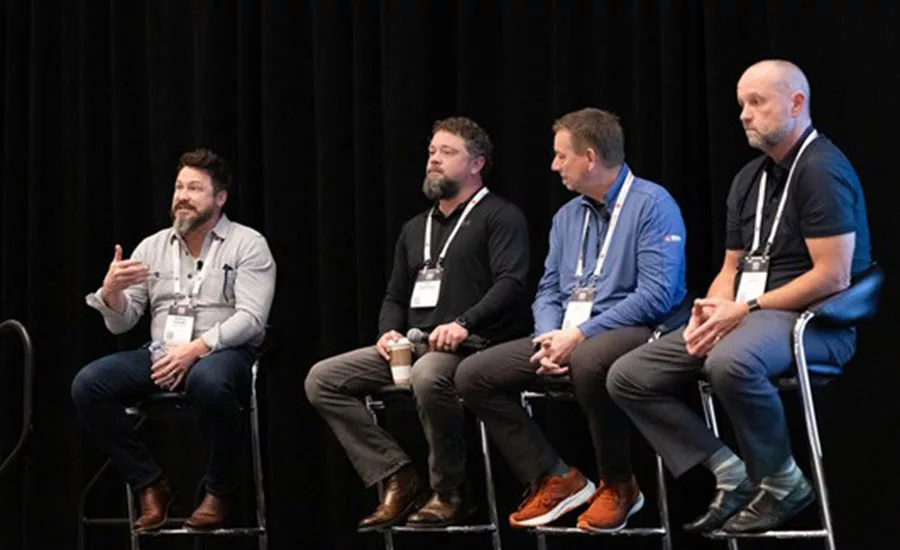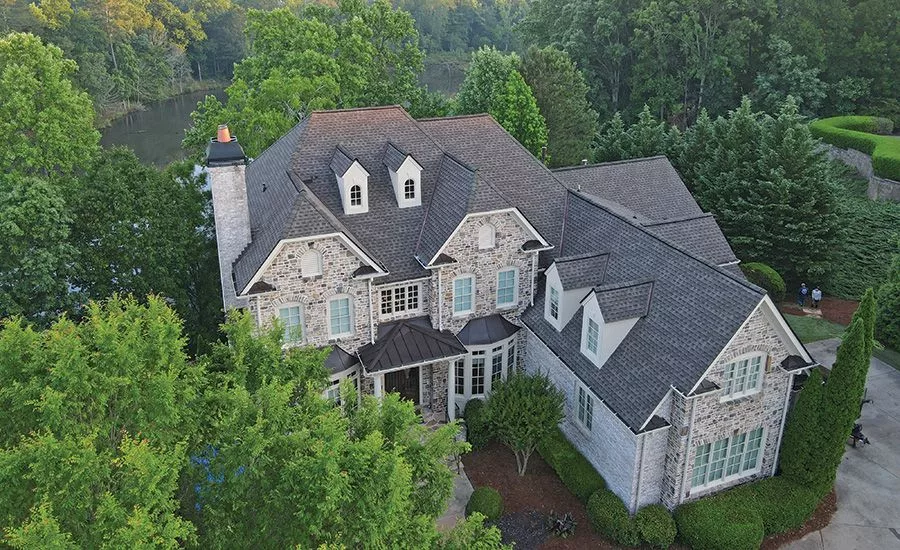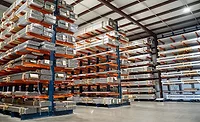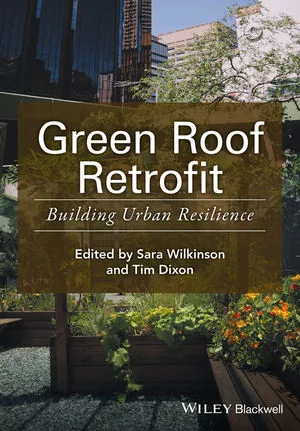2025 Storm Season Forecast
Metal Construction and Resilience in a Climate of Crisis
How metal is shaping resilient building design
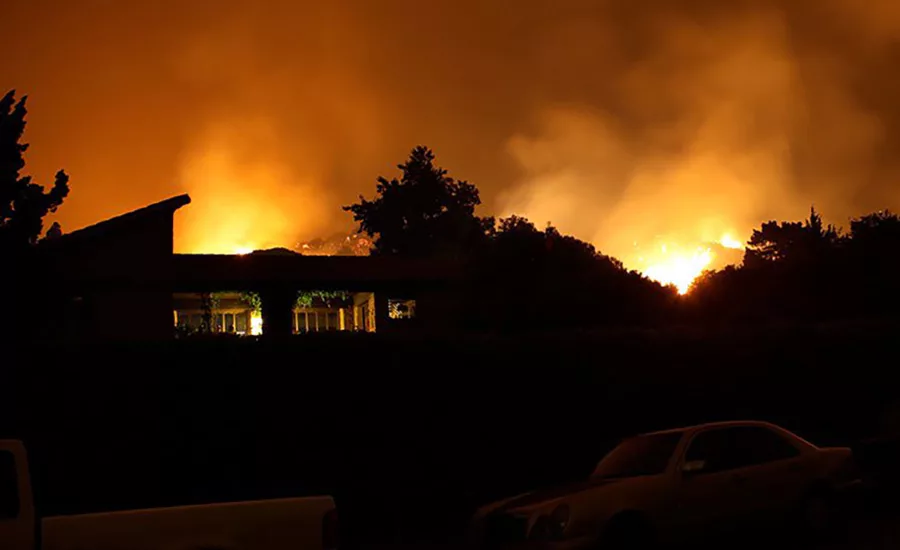
Experts at a METALCON Online panel discussed how the metal construction industry is adapting to meet the challenges of climate change, shifting insurance requirements, and evolving building codes.
— Image courtesy of METALCON
As climate risks grow and insurance markets shift, roofing pros face rising pressure to build smarter, stronger and more fire-resistant.
Wildfires rage more frequently across the West, and hurricanes have intensified in the Southeast, resulting in nationwide tightening insurance markets. The need for fire-resilient, climate-ready buildings is no longer theoretical — it’s urgent.
What was once seen as rare is now the norm and industry leaders are taking notice in the metal construction sector.
During a recent METALCON Online webinar, a panel of experts explored how building science, climate policy, materials innovation and insurance regulation are converging. The session was moderated by Frank A. Stasiowski, FAIA, CEO and founder of METALCON and PSMJ Resources, and included:
- Alan Scott, FAIA, director of sustainability at Intertek
- Dick Davis, former fire engineer and technical specialist with FM Global
- Brian Partyka, vice president of business development, Carlisle Companies
- Anoush Brangaccio, senior policy advisor, Florida Office of Insurance Regulation
From outdated codes to new insurance incentives, one message was clear: metal is a key player in resilient construction, and contractors need to be ready.
Building Codes Lag Behind Climate Realities
Recent disasters have exposed a harsh truth: many buildings, especially older ones, were not built to withstand today’s extreme weather. And while codes are improving, they are not keeping pace with the rate of change.
RELATED
Metal Fatigue: Tariffs Continue Eroding Roofers Confidence as Overhead Increases
“The fact that there’s been so much disaster shows you can’t rely on existing codes and standards,” said Davis. “We have to look at the science and rethink the materials we use—whether in residential, commercial or industrial construction.”
Scott agreed: “What happened in the past doesn’t predict the future. Risk assessment is critical,” citing a California apartment building shown in both low- and high-risk zones, depending on the fire risk map used. It burned to the ground in a recent wildfire.
“Some preassessment might have prompted action to reduce risk,” he continued.
Brangaccio added, “The building code updates every three years—but not all states adopt them on time.”
In fact, Davis noted, “Some states were still using the 2003 code after the 2015 version came out.” He reminded attendees, “Codes are minimums. Exceeding them is not only allowed—it’s smart.”
Climate Change: Driving Innovation in Materials
“Climate change is the key driver behind stronger storms, heavier rainfall, worsening droughts,” said Partyka. “That’s forcing product innovation.”
One shift? Rethinking how we talk about metal roofing. “We’ve stopped saying ‘metal roof’ and started saying ‘fire-resistant underlayment with a two-hour burn rate,’” Partyka explained. “We even have a fire-rated wall insulation made from recycled denim jeans.”
Metal’s Edge in a Hazard-Rich World
While no single product is a silver bullet, metal stands out as a front-line defense against fire, wind and hail resistance.
“Metal roofing is a strong solution for hazard-prone regions,” said Partyka. “Sure, it may dent in hail — but it’s non-combustible and often earns a Class A fire rating.”
He pointed to programs like the Insurance Institute for Business & Home Safety’s wildfire-prepared neighborhood initiative, which promotes Class A-rated metal roofs.
“It’s not the end-all be-all ... I don’t want to say this is the cure and everybody should have a metal roof,” Partyka cautioned. “I think it will help to eliminate some of the possibilities of ignition.”
Davis added a crucial detail: not all metals are equal in fire events. Aluminum melts between 900°F and 1,200°F; copper around 2,000°F; and steel above 2,600°F. Flames typically burn between 1,000°F and 2,000°F, making steel the most resilient.
Codes, Certification, and Insurance Incentives
“I think one of the successes in Florida has been their Florida Product Approvals system,” said Partyka. “You don't have that code approval or that number, then guess what? You're not going to be able to sell your products in the state of Florida.”
Davis emphasized the importance of rigorous testing, including ASTM E108 and UL790 standards for fire-rated roof coverings.
“Codes have more or less grandfathered or waived the tests for certain types of materials ... but aluminum is not grandfathered,” he said.
Scott added, “Generally, architects aren't aware enough about resilience issues ... there needs to be greater awareness among the design community about all the different standards and tests.”
From the insurance side, Brangaccio detailed how Florida incentivizes the use of high-performance materials.
“We do offer discounts ... relating to the roof, roof coverings, connections,” and added, “We've even broken out metal roofs, and … metal roofs compared to some of the other roofs would get a higher credit for wind.”
Resilience Requires a Whole-System Approach
The panel emphasized that no single fix is enough — resilient design must be systemic.
“Whether we're talking about fire resistance or hurricanes or floods,” said Scott, “designing buildings that have overall greater sustainability … means you're both resilient against those hazard events and ... have a building that’s less expensive to operate, uses lower utilities and has a lower carbon emission.”
Davis highlighted often-overlooked vulnerabilities: “If fire gets inside, [it] could destroy the whole building.”
The whole envelope matters — roof, walls, windows, soffits and vent mesh. He advised using fire-rated glass, like double-pane tempered glass or gel-layered assemblies. “Think of the window as a system, it's got a window frame,“ and cautioned against using vinyl windows (because of vinyl's low melting point) unless reinforced with steel.
Global Gaps, Local Lessons
Davis said the U.S. leads in wind design but lags behind other regions on fire resilience.
“I think that we're ahead of most of the rest of the world regarding wind design,” he said, referencing his work with international clients during his time at FM Global.
However, regarding fire design, he noted: “They use a lot of mineral wool insulation in Asia, which is good; it’s a better fire performer than … other insulations on the market.”
Davis also flagged global testing disparities, noting that the U.S. uses ASTM while other countries use ISO: “We don't always agree on what's the best test,” he admitted.
Quick Read: 5 Takeaways
- Building Codes Lag Behind Climate Threats: Current codes often fail to protect structures from today’s extreme weather. Experts urge contractors to go beyond minimum requirements.
- Metal Roofing Offers Critical Fire and Storm Resistance: With Class A fire ratings and durability in wind and hail, metal is a top choice for hazard-prone regions — but it’s not a cure-all.
- Material Innovation Is Accelerating: Climate pressures drive new products, like fire-rated insulation made from recycled denim and high-performance underlayments.
- Testing and Certification Are Essential: Products must meet stringent standards like ASTM E108 and UL790 to gain approval in states like Florida — and not all metals perform equally under fire.
- Resilience Requires Whole-System Thinking: True protection comes from integrating fire — and weather-resistant features throughout the building envelope, not just the roof.
What’s Next — and METALCON’s Role
So, who’s responsible for leading the industry forward?
“I don’t like to put too much reliance on waiting for the codes to change to solve all the problems,” Davis said.
“If [someone in] Southern California wants to build a $5-, $10-, $20-million house, I would tell [them] to first engage a fire protection engineer and a structural engineer to give him some guidance … build something that's actually going to last.”
Scott suggested a multi-layered approach: “It’s state and local policy and codes. It’s urban and regional planning and zoning … all of those layers have to fit together to create the complete package of resilience.”
Brangaccio agreed, adding, “If we're going to ask our consumers and our residents to do this, they need to get something back to help offset it.”
“We at METALCON have a role in this — and our role is to keep this communication going,” Stasiowski said in closing.
“We need to make sure that the innovation happening in labs and factories is matched by awareness in the field,” he added, “and that’s a communication challenge we’re ready to take on.”
* * *
Contractor Reference and Guidance Websites
METALCON panelists highlighted organizations that help professionals and consumers make informed choices. Whether you're a builder, architect, manufacturer or homeowner recovering from disaster, these resources provide guidance, standards, and solutions:
IBHS (Insurance Institute for Business & Home Safety)
- The IBHS is at the forefront of research on resilience to natural hazards, including wildfire and wind. The organization’s Wildfire Prepared Home program outlines steps for homeowners and builders to reduce risk. | wildfireprepared.org
FM Global Data Sheet 9-19
- FM Global provides free access to its technical data sheets, including 9-19, which outlines recommended practices for wildfire exposure mitigation. Registration is required, but access is free. | fmapprovals.com
California Department of Insurance – Wildfire Resources
- For homeowners in California, the state insurance commissioner’s office provides a range of resources, including insurer contact information, risk assessment programs, and information on discount eligibility. | insurance.ca.gov
Build LA Initiative
- This site is an initiative promoting fire-resilient construction and planning in Los Angeles County. It includes resources for local permitting, building materials, and best practices for fire-resistant design. | buildla.lacity.org
AIA Resilience and Adaptation Resources
- Architects can turn to the American Institute of Architects (AIA) for research, guides, and white papers on resilient building design and sustainability standards. | aia.org/resource-center/resilience-design-toolkit
Florida Product Approval System
- A model of regulatory rigor, Florida’s system requires all building products—especially roofing materials—to meet minimum performance standards. Builders and code officials can search approved materials to ensure compliance. | floridabuilding.org
METALCON
- From code compliance to climate resilience, METALCON’s educational programming uncovers how metal's fire-resistant and non-combustible properties are reshaping building design in high-risk areas. | metalcon.com
Looking for a reprint of this article?
From high-res PDFs to custom plaques, order your copy today!

